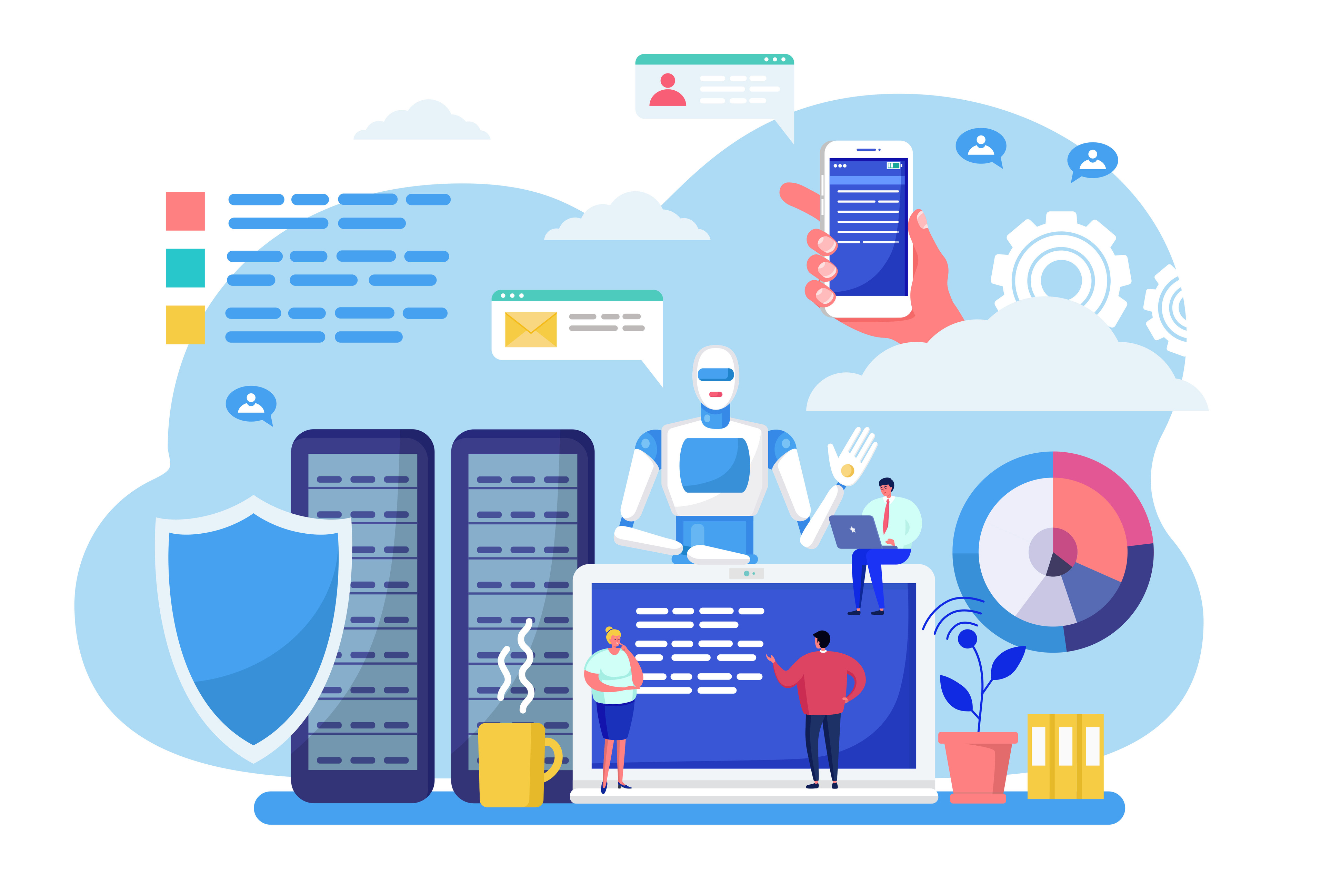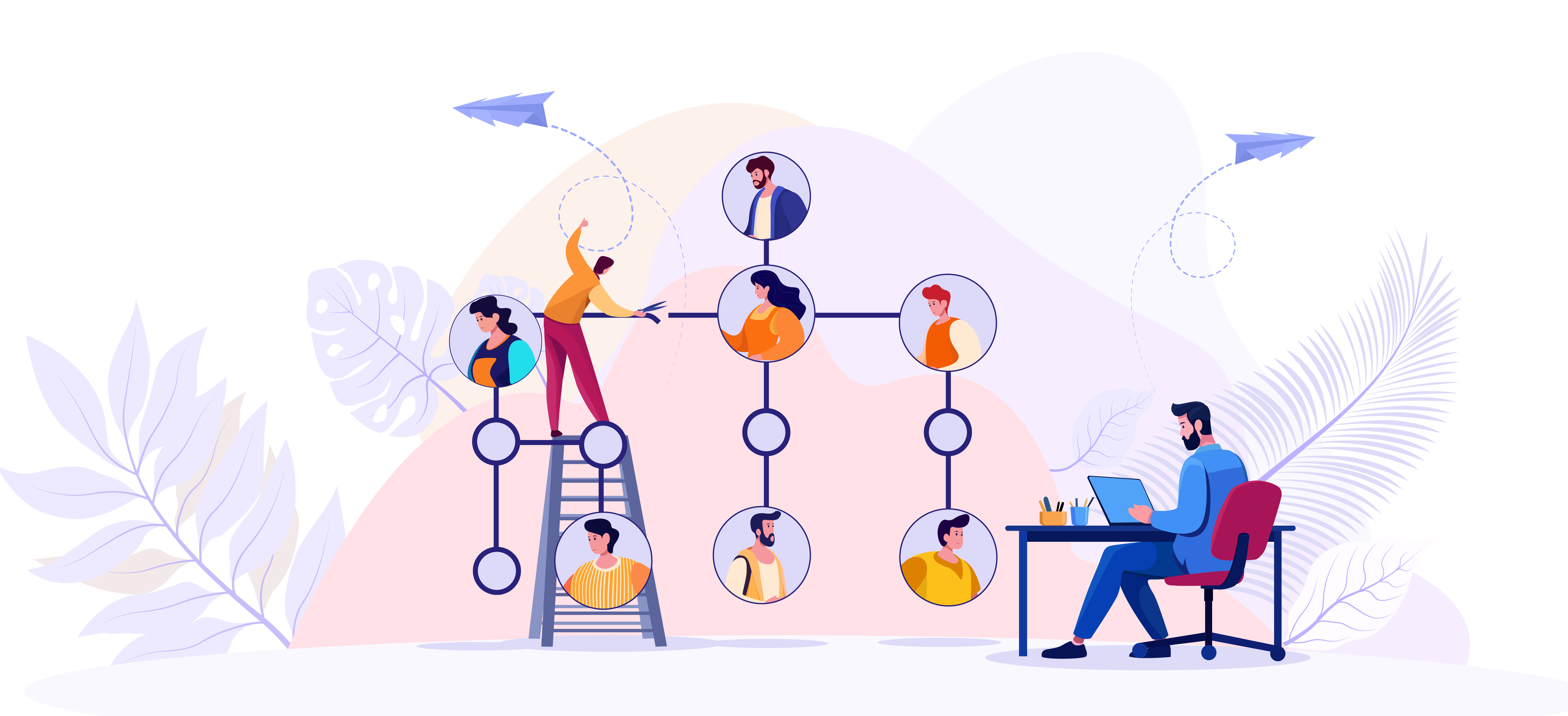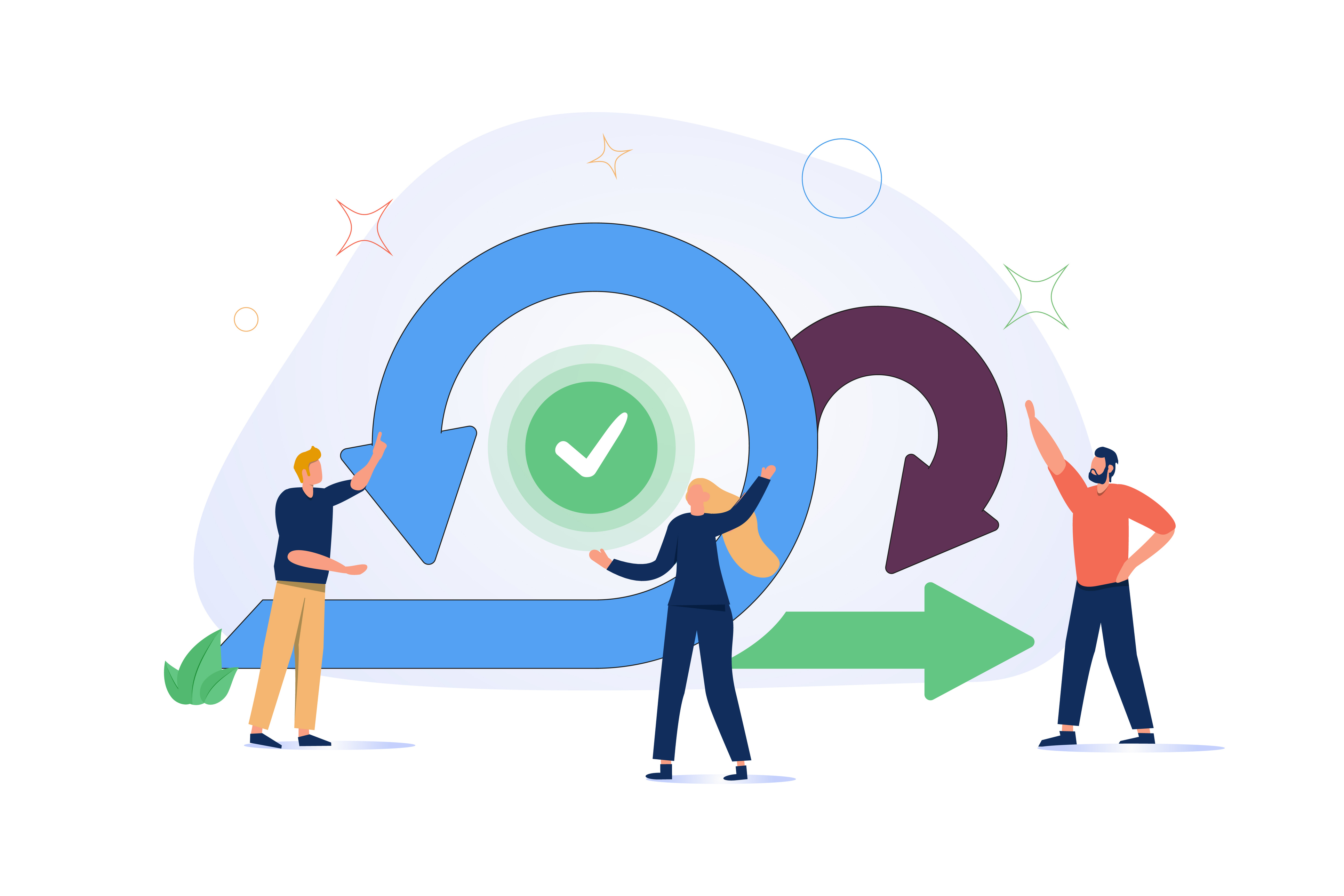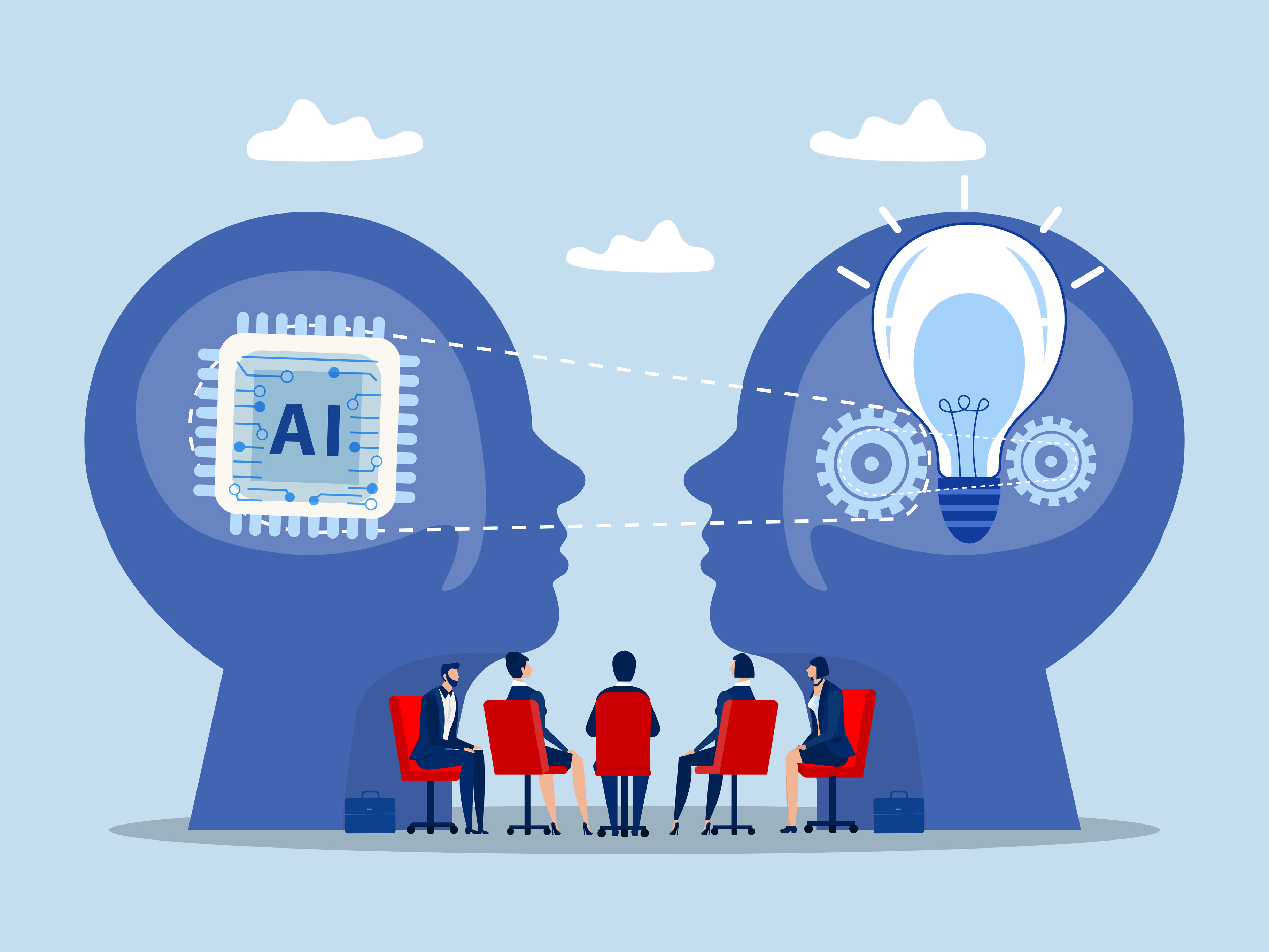December 28, 2025
ai-in-knowledge-management-why-content-governance-matters-more-than-ever
Ekta Sachania
AI in Knowledge Management: Why Content Governance Matters More Than Ever
December 17, 2025
the-role-of-knowledge-management-in-a-corporate-wind-down
The Role of Knowledge Management in a Corporate Wind-Down
December 9, 2025
2026-the-year-km-gets-re-imagined
Top Guest Blogger Ekta Sachania
2026: The Year KM Gets Re-Imagined
November 14, 2025
the-intersection-of-process-mining-and-knowledge-management
The Intersection of Process Mining and Knowledge Management
September 8, 2025
redesigning-the-km-ecosystems-insight-connection-and-collaboration-supported-by-ai
Ekta Sachania
Redesigning the KM Ecosystems: Insight, Connection, and Collaboration Supported by AI
September 2, 2025
when-ai-meets-knowledge-management-the-next-leap-in-healthcare-2
Ekta Sachania
When AI Meets Knowledge Management: The Next Leap in Healthcare
August 22, 2025
aligning-your-knowledge-strategy-with-your-business-strategy-for-maximum-impact
Devin Partida
Aligning Your Knowledge Strategy With Your Business Strategy for Maximum Impact
July 30, 2025
how-to-safeguard-critical-knowledge-assets-before-during-and-after-a-crisis
Amanda Winstead
How To Safeguard Critical Knowledge Assets Before, During, and After a Crisis
July 19, 2025
knowledge-mapping-from-framework-to-real-impact
Ekta Sachania
Knowledge Mapping: From Framework to Real Impact
April 15, 2025
the-biggest-challenge-of-knowledge-management-km
Dr. Mustafa Hafizoglu; Length: ~400 words, 2 min read.
The Biggest Challenge of Knowledge Management (KM)
March 23, 2025
mapping-knowledge-bridging-gaps-a-step-by-step-guide-to-building-a-knowledge-graph
Mapping Knowledge, Bridging Gaps: A Step-by-Step Guide to Building a Knowledge Graph
February 13, 2025
from-data-to-wisdom-using-ai-to-strengthen-knowledge-management-strategies
Guest Blogger Amanda Winstead
From Data to Wisdom: Using AI to Strengthen Knowledge Management Strategies
February 12, 2025
why-your-knowledge-management-strategy-needs-an-upgrade-key-signs-and-solutions-2
KMI Guest Blogger Ekta Sachania
Why Your Knowledge Management Strategy Needs an Upgrade: Key Signs and Solutions
January 24, 2025
why-your-knowledge-management-strategy-needs-an-upgrade-key-signs-and-solutions
KMI Guest Blogger Ekta Sachania
Why Your Knowledge Management Strategy Needs an Upgrade: Key Signs and Solutions
September 21, 2018
km-leadership-team-design-building-your-tribes
Mary Little | Enterprise Knowledge
KM Leadership Team Design: Building Your Tribes
January 19, 2021
putting-knowledge-at-the-heart-of-our-development-strategy
KMI Guest Blogger Dr. Rezwan-Ul-Alam
Putting Knowledge at the Heart of our Development Strategy
March 18, 2021
is-your-knowledge-management-strategy-working
KMI Guest Blogger Ekta Sachania
Is Your Knowledge Management Strategy Working?
March 20, 2021
determining-the-right-knowledge-management-strategy
KMI Guest Blogger Emily Harrinson
Determining the Right Knowledge Management Strategy
April 8, 2021
knowledge-management-as-a-system
KMI Guest Blogger Emily Harrinson
Knowledge Management as a System
April 26, 2021
why-leaders-need-a-personal-knowledge-management-system
KMI Guest Blogger Myrah Abrar
Why Leaders Need a Personal Knowledge Management System
August 20, 2021
learn-the-best-practices-for-designing-an-effective-knowledge-management-strategy
KMI Guest Blogger Emily Harrinson
Learn the Best Practices for Designing an Effective Knowledge Management Strategy
February 3, 2022
in-contempt-of-knowledge-management
KMI Guest Blogger Michael Sequeira
In Contempt of Knowledge Management
March 9, 2022
using-knowledge-management-to-protect-employees-from-digital-overload
KMI Guest Blogger Amanda Winstead
Using Knowledge Management to Protect Employees from Digital Overload
May 11, 2022
recognizing-the-km-inclusive-practices-that-make-business-sense
KMI Guest Blogger Michael Sequeira
Recognizing the KM Inclusive Practices that Make Business Sense
December 5, 2022
knowledge-management-for-designing-work-schedules-for-optimal-productivity
KMI Guest Blogger Amanda Winstead
Knowledge Management for Designing Work Schedules for Optimal Productivity
January 20, 2023
7-key-components-to-a-successful-knowledge-management-strategy
KMI Guest Blogger Gary Wyatt
7 Key Components to a Successful Knowledge Management Strategy
February 20, 2023
using-knowledge-management-to-improve-business-longevity
KMI Guest Blogger Amanda Winstead
Using Knowledge Management To Improve Business Longevity
July 31, 2023
how-knowledge-management-enhances-operational-and-business-resilience
KMI Guest Blogger Amanda Winstead
How Knowledge Management Enhances Operational and Business Resilience
August 30, 2023
efficient-project-management-for-knowledge-managers-simplifying-complex-projects
KMI Guest Blogger Amanda Winstead
Efficient Project Management for Knowledge Managers: Simplifying Complex Projects
September 1, 2023
breaking-up-the-barriers-of-a-knowledge-hoarding-culture-in-an-organization
KMI Guest Blogger Ekta Sachania
Breaking up the Barriers of a Knowledge Hoarding Culture in an Organization
October 2, 2023
the-lean-km-intersection-for-organizational-excellence
KMI Guest Blogger Ekta Sachania
The Lean / KM Intersection for Organizational Excellence
November 21, 2023
knowledge-management-strategies-for-seamless-iot-product-development
KMI Guest Blogger Amanda Winstead
Knowledge Management Strategies for Seamless IoT Product Development
January 28, 2024
knowledge-management-as-enabler-for-quick-response-teams-qrts
KMI Guest Blogger Ekta Sachania
Knowledge Management as Enabler for Quick Response Teams (QRTs)
January 31, 2024
lessons-learned-to-become-a-future-ready-organization
KMI Guest Blogger Michael Sequeira
Lessons Learned to Become a Future Ready Organization
February 24, 2024
effective-techniques-for-closing-organizational-knowledge-gaps
KMI Guest Blogger Amanda Winstead
Effective Techniques for Closing Organizational Knowledge Gaps
April 6, 2024
are-you-knowledge-mapping-your-organization-s-knowledge-yet
KMI Guest Blogger Ekta Sachania
Are you Knowledge-Mapping your Organization's Knowledge Yet?
April 15, 2024
mapping-the-success-quotient-of-your-business-with-knowledge-mapping
KMI Guest Blogger Ekta Sachania
Mapping the Success Quotient of your Business with Knowledge Mapping
April 18, 2024
why-knowledge-mapping-is-the-first-step-and-not-the-end-goal-knowledge-mapping-part-3
KMI Guest Blogger Ekta Sachania
Why Knowledge Mapping is the First Step and Not the End Goal (Knowledge Mapping Part 3)
July 29, 2024
beyond-content-the-strategic-impact-of-knowledge-management
KMI Top Blogger, Ekta Sachania
Beyond Content: The Strategic Impact of Knowledge Management
September 11, 2024
creating-a-knowledge-management-strategy-for-startups
KMI Guest Blogger Amanda Winstead
Creating a Knowledge Management Strategy for Startups
October 28, 2024
knowledge-management-in-action-preventing-mistakes-through-effective-strategies
KMI Guest Blogger Amanda Winstead
Knowledge Management in Action: Preventing Mistakes Through Effective Strategies








.png)
.png)
.png)
.png)